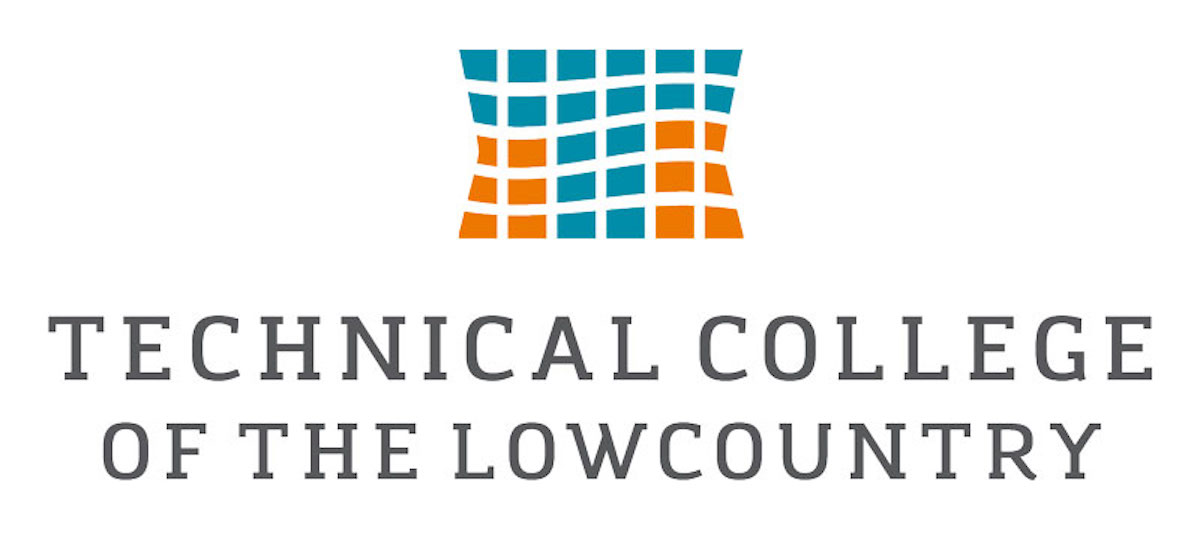Once you realize how many resources may be available and begin your research on college financial assistance, you could be on your way toward easing some of the anxiety often associated with paying for higher education.
According to the College Board’s “Trends in College Pricing and Student Aid 2022,”approximately $235 billion in student aid in the form of grants, Federal Work-Study (FWS), federal loans, and federal tax credits and deductions was awarded to undergraduate and graduate students in the 2021-2022 academic year.
During that academic year, undergraduate students received an average of $15,330 per full-time equivalent (FTE) student in financial aid: $10,590 in grants, $3,780 in federal loans, $870 in education tax credits and deductions, and $90 in FWS.
5 lessons for seeking help with college costs
Start planning during the high school years. Look to reposition assets or adjust income in the calendar years before your child’s sophomore year. For example, if the student is applying for financial aid for the 2024-2025 school year, the federal aid application will include income from the 2022 tax year (two years prior).
Assume you’re eligible for aid … until you’re told you’re not. There are no specific guidelines or rules of thumb that can accurately predict the aid you and your child may be offered. Because each family’s circumstances are different, keep an open mind as you consider financial aid alternatives.
Two forms will be key to your aid application process: the Free Application for Federal Student Aid (FAFSA) and the College Scholarship Service Financial Aid Profile (CSS Profile). The FAFSA helps you apply for federal aid, and many states use it to determine a resident student’s eligibility for state aid. Many schools use the CSS Profile to collect additional information before awarding their own funds, i.e., institutional student aid.
Reassess assets held by your children. Federal guidelines expect children to contribute 20% of their assets toward their education’s costs while parents are expected to contribute up to 5.64%.
Assets held in custodial accounts (bank accounts, trust funds, brokerage accounts) in your children’s names may reduce the aid for which your family qualifies more so since they are assessed at the 20% rate. While assets held in Coverdell Education Savings Accounts (ESAs) and 529 plan accounts (if owned by the dependent student or the parent) are factored into the parents’ formula, having less effect on the aid for which the family qualifies.
Apply to multiple schools and compare financial aid awards. This is especially important if there is a noncustodial stepparent because some colleges count this person’s resources while others do not. You may also want to consider asking the financial aid officer for more aid if the current award is not enough for attendance — all they can say is “no.” If there are extenuating circumstances, be sure to attach a letter of explanation to the application.
Go beyond financial aid. Although aid can help, it can be unpredictable and your family may still find it difficult to afford higher education. So rather than relying strictly on financial aid, consider turning to a professional financial advisor for help with determining an appropriate college savings strategy. For the greatest potential impact, beginning to save as early in the child’s life as possible is a good idea.
Please consider the investment objectives, risks, charges and expenses carefully before investing in a 529 savings plan. The official statement, which contains this and other information, can be obtained by calling your financial advisor. Read it carefully before you invest.
Our firm is not a tax or legal advisor.
This article was written by Wells Fargo Advisors and provided courtesy of Katie C. Phifer, CERTIFIED FINANCIAL PLANNER™, RICP® and First Vice President-Investment Officer in Beaufort, SC at 843-524-1114.
NOTE TO PUBLISHER: If this article is being published over more than one page, the boxed disclosure must appear on the first page and the other disclosures at the end of the article. If the article is being published on only one page, this disclosure should appear at the end along with the other disclosures. The font size of the boxed disclosure must be at least as large as the article text.
| Investment and Insurance Products are:• Not Insured by the FDIC or Any Federal Government Agency• Not a Deposit or Other Obligation of, or Guaranteed by, the Bank or Any Bank Affiliate• Subject to Investment Risks, Including Possible Loss of the Principal Amount Invested |
Wells Fargo Advisors is a trade name used by Wells Fargo Clearing Services, LLC, Member SIPC, a registered broker-dealer and non-bank affiliate of Wells Fargo & Company.
©2017-2023 Wells Fargo Clearing Services, LLC. All rights reserved. CAR-0723-00239





